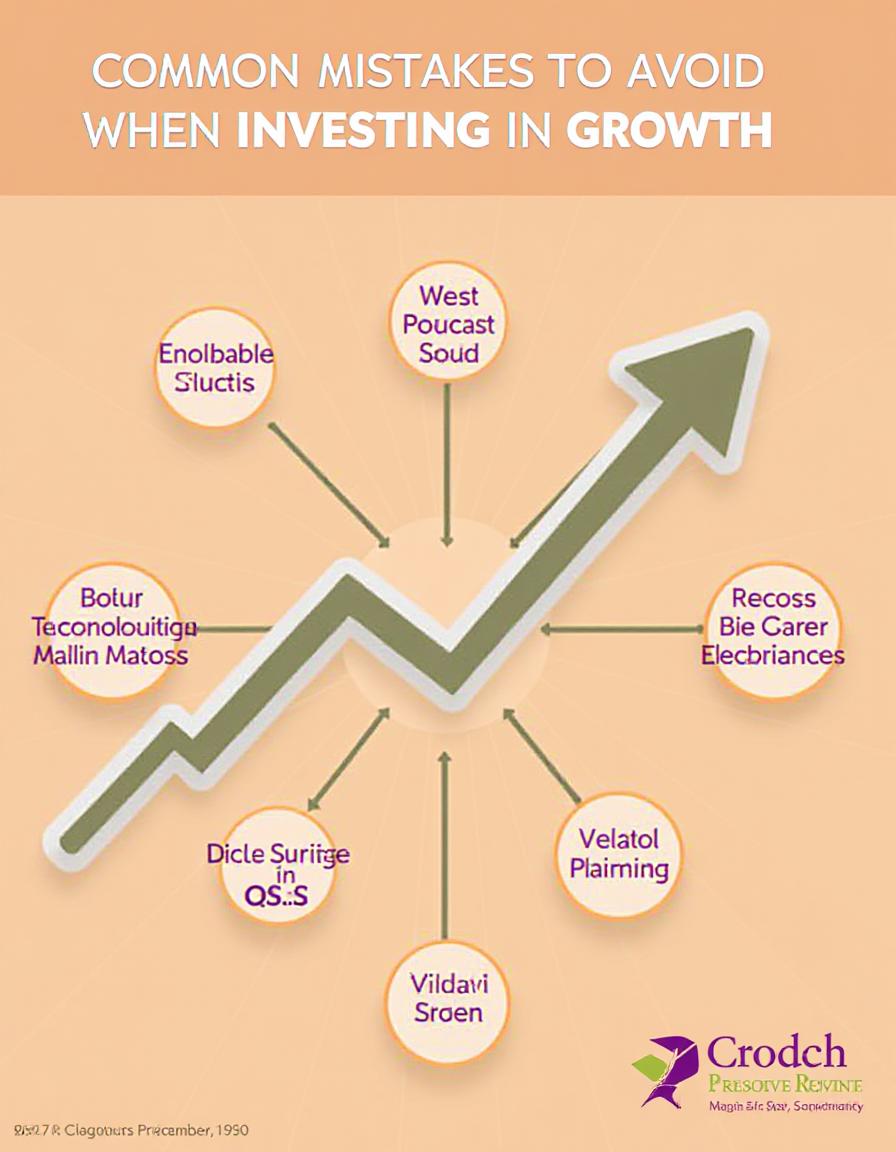Quality and dependability of applications are critical elements in the fast-paced world of software development. As technology advances, so do the methods and tools to test software applications. This makes visual testing one of the methods that is gaining popularity, especially in automation. In this article, we delve into why visual testing has become indispensable in today’s software development landscape.
- Understanding visual testing
Visual testing is a technique used to verify that a software application’s user interface (UI) appears correctly to users. It involves comparing the actual UI output with expected behaviour and identifying any discrepancies such as layout issues, misaligned elements, or visual glitches. Traditional testing methods often overlook such visual nuances, leading to potential user experience (UX) issues.
- Importance of visual automation testing
Manual testing is no longer enough given modern applications’ complexity and demand for rapid release cycles. Therefore, automated visual checking becomes a way to streamline this process ensuring its accuracy and productivity at once. Developers can prevent expensive fixes by automating this part of validation which enables them to catch UI regressions early during the development lifecycle.
3. Maintaining uniformity across devices and platforms
It is not easy to ensure that user experiences are consistent as different devices with varying screen sizes, resolutions, and browsers are used in today’s multi-device and multi-platform environments. Visual testing provides information on how an application appears in various environments to help address this challenge. By automatically examining visual elements, developers can identify any potential problems and sort them out before they get to the consumers. An enhancement of end users’ satisfaction and retention levels comes into play when issues are spotted earlier.
4. Detecting UI regressions and visual defects
The user experience can be seriously affected by UI regressions or inconsistent styling. Such regressions can be caught early in the development process via visual testing so that they don’t reach the production stage. Incorporating visual validation into the CI/CD pipeline will therefore help maintain UI integrity while speeding up the release process.
5. Enhancing accessibility and inclusivity
Modern software development must consider inclusive design which aims at making applications accessible to users with different abilities. Hence, those engaged in it must use visual testing as a way of ensuring that all UI elements meet accessibility standards such as proper contrast ratios and readable text sizes. Through automated accessibility checks, application developers can make their applications more widely usable.
6. Improving collaboration between design and development teams
Development teams and design teams use visual testing to collaborate by using a common language that they can use for discussing UI problems. Both teams can keep design consistency along with user expectations in mind when visualizing UI changes or regressions. This not only intensifies the development process but also improves the quality of the end product.
Conclusion
Hence, this has caused Visual Testing to become an inevitable part of modern software development as it addresses issues arising from UI validation requirements. With visual automation testing embraced by a team, they will ensure that their applications are compatible with different platforms in terms of quality and reachability. As technology progresses, incorporating visual testing into the development workflow will become more necessary leading to enhanced user experiences and product successes being witnessed.







